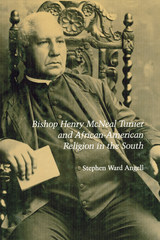
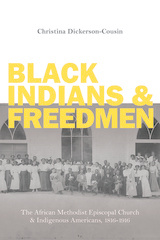
Insightful and richly detailed, Black Indians and Freedmen illuminates how faith and empathy encouraged the unique interactions between two peoples.
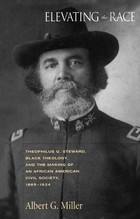
deeply committed to challenging his church’s outlook, he also epitomized postbellum efforts to create an African American civil society through religious, educational, and social institutions integral to citizenship.
Steward actively constructed a theological discourse that challenged both black and white religious and secular institutions, yet his tenacious pursuit of high standards often led him into conflict with the very community he served. A. G. Miller takes a new look at this
key figure in African American history to establish Steward’s place among the most influential thinkers and activists of the late nineteenth century. Augmenting what is already known about Steward’s life with a thoughtful combination of intellectual and social history,
Miller presents Steward’s ideas within the context of the social, political, economic, and religious trends of his day.
Miller examines Steward’s accomplishments and writings—including his unpublished manuscripts and his overlooked Victorian novel—to assess the ideas that he left to posterity and to consider how they shaped his times. The book devotes individual chapters to the
key themes that dominated Steward’s life: African American education, reconciling theology with modern science, the intersection of rational theology and moral virtues, the contradictions of race, the role of women in African American civil society, and Steward’s views on the military and imperialism.
With great insight and clarity, Miller discloses in a new and original way the rich life and thought of this extraordinary man. His study is both a groundbreaking analysis of Steward’s legacy and an important contribution to the history of American religious thought.
The Author: A. G. Miller is assistant professor of religion and Nord Faculty Fellow at Oberlin College and an ordained minister in the Pentecostal Church.
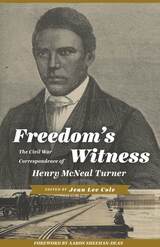
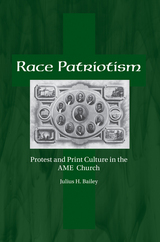
Race Patriotism: Protest and Print Culture in the A.M.E. Church examines important nineteenth-century social issues through the lens of the AME Church and its publications. This book explores the ways in which leaders and laity constructed historical narratives around varied locations to sway public opinion of the day. Drawing on the official church newspaper, the Christian Recorder, and other denominational and rare major primary sources, Bailey goes beyond previously published works that focus solely on the founding era of the tradition or the eastern seaboard or post-bellum South to produce a work than breaks new historiographical ground by spanning the entirety of the nineteenth century and exploring new geographical terrain such as the American West.
Through careful analysis of AME print culture, Bailey demonstrates that far from focusing solely on the “politics of uplift” and seeking to instill bourgeois social values in black society as other studies have suggested, black authors, intellectuals, and editors used institutional histories and other writings for activist purposes and reframed protest in new ways in the postbellum period.
Adding significantly to the literature on the history of the book and reading in the nineteenth century, Bailey examines AME print culture as a key to understanding African American social reform recovering the voices of black religious leaders and writers to provide a more comprehensive and nuanced portrayal of the central debates and issues facing African Americans in the nineteenth century such as migration westward, selecting the appropriate referent for the race, Social Darwinism, and the viability of emigration to Africa. Scholars and students of religious studies, African American studies, American studies, history, and journalism will welcome this pioneering new study.
Julius H. Bailey is the author of Around the Family Altar: Domesticity in the African Methodist Episcopal Church, 1865–1900. He is an associate professor in the Religious Studies Department at the University of Redlands in Redlands, California.
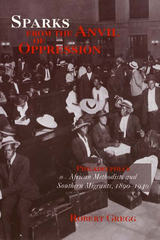
READERS
Browse our collection.
PUBLISHERS
See BiblioVault's publisher services.
STUDENT SERVICES
Files for college accessibility offices.
UChicago Accessibility Resources
home | accessibility | search | about | contact us
BiblioVault ® 2001 - 2024
The University of Chicago Press









